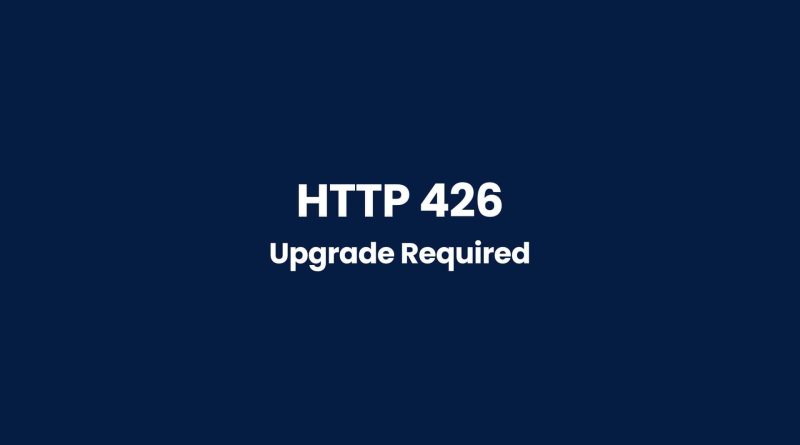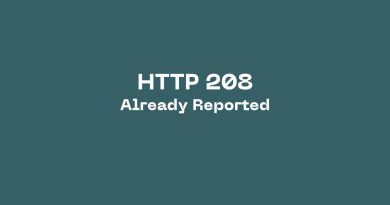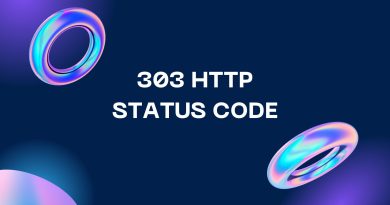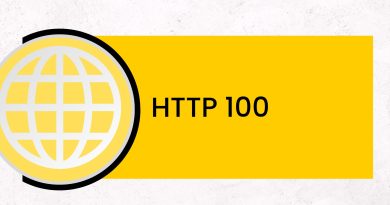Solving the HTTP 426 Error Code Mystery: A Comprehensive Guide
Solving the mystery of the HTTP 426 Error Code is a challenge that many web developers face. It’s an issue that requires understanding and significant expertise, leaving many overwhelmed by its complexity. But this comprehensive guide aims to demystify the problem and provide clear instructions for tackling it successfully.
What Is 426 Http Status Code?
The HTTP 426 status code is an upgrade-required error that occurs when the current protocol of a client does not meet the requirements of the server. In this case, the server refuses to perform a request unless the client upgrades its protocol. This specific HTTP status code was introduced in 2015 and became part of RFC 7231 – Hypertext Transfer Protocol (HTTP/1.1): Semantics and Content. It signals that the requested resource must be accessed using a different protocol version than what is currently being used by the client.
In order for clients to upgrade their protocols, they need to send an Upgrade header field with their requests. The response from the server will then contain information about which protocol version is required for successful communication between them. If this requirement isn’t met, then a 426 http status code will be returned as an indication that said upgrade needs to take place before any further action can occur.
This particular error code has become increasingly important during recent years due to its ability to help ensure secure connections between users and web applications or services are established through use of up-to-date protocols. By denying access until these necessary upgrades have been made, it helps protect both sides from potential security issues associated with outdated versions of certain protocols.
Cause Of 426 Http Status Code Error
The 426 http status code error is caused by the client’s request not being able to be performed using the current protocol. This can often occur when a server responds with an upgrade header, indicating that switching protocols should take place in order for the request to be properly fulfilled. As such, if a user attempts to perform the request using the current protocol, they will receive this particular HTTP status symbol as an indication that it failed due to lack of compatibility between their browser and server configurations.
In some cases, simply upgrading your connection or attempting again may resolve the issue; however, this only works if both the client-side and server-side are compatible with each other. If either side does not support performing the request using the current protocol, then no amount of retrying will help unless one of them upgrades first.
Server Side Or Client Side Issue?
When it comes to solving the mystery of HTTP 426 status code errors, it is important to consider whether the issue lies on either the server side or client side. A key factor in determining this is whether an Upgrade Required response was sent by the server. If so, then a protocol upgrade is needed as part of the service that requires additional content length than what was provided in the request. In such cases, the server sends an HTTP response status code of 426 and refuses to perform any further action until a suitable upgrade has been made by the client.
On the other hand, if no Upgrade Required response has been issued, then there may be some other form of Client Error occurring which would explain why and how the error code appears. This could include issues with authentication credentials supplied by users or lack thereof; incorrect parameters being sent from clients; improper formatting of requests; etcetera. All these can result in an HTTP status code 426 message appearing when attempting to access certain webpages.
In order for one to determine exactly where and why this error occurs, they should look at both their own system setup as well as examine more closely what information is being requested between servers and clients during communication attempts. From here, they can begin debugging towards finding out what needs attention before continuing on with resolving this particular issue.
How To Fix 426 Http Status Code Error
In order to fix this issue, one must first identify if it is indeed a 426 HTTP status code error they are dealing with. If so, then they can look into upgrading their current software or web application framework to a more recent version that supports newer protocols. Furthermore, they should also check if any plugins on their system need updating in order to support these new protocols.
Once all these steps have been taken care of, it’s time to test the connection again – if no further errors occur, then you will know that your upgrade was successful and the connection can now flow smoothly once more! Transitioning into similar HTTP status codes of 426 may still reveal potential issues.
Example
An example of the communication flow between a client and server where the server responds with an “Upgrade Required” error code (426), along with the steps the client needs to take to fix the error:
- The client initiates a request to the server to access a particular resource:
GET http://example.com/my-resource HTTP/1.1- The server receives the request and checks if the client is using an outdated protocol or version. If the protocol or version is outdated, the server responds with a 426 Upgrade Required error code and specifies the required protocol or version the client needs to upgrade to:
HTTP/1.1 426 Upgrade Required
Upgrade: HTTP/2.0
Connection: Upgrade
Content-Length: 67
Content-Type: text/plain
This resource requires an upgrade to HTTP/2.0 or higher protocol.- The client receives the 426 response and understands that it needs to upgrade to the specified protocol or version. The client should then modify its request to include the Upgrade header and the new protocol or version:
GET http://example.com/my-resource HTTP/1.1
Upgrade: HTTP/2.0
Connection: Upgrade- The server receives the modified request and upgrades the connection to the specified protocol or version, responding with the requested resource and an appropriate success status code.
Similar Http Status Codes To 426
The 426 status code shares some similarities with other related codes, such as 400 Bad Request and 403 Forbidden Errors. The former appears when there is something wrong in the syntax of the request coming from the user-agent, while 403 errors are sent when authorization fails. Depending on what exactly caused the issue with your web browser, you might be willing to try out different versions until you find one compatible with your system’s configuration settings.
All HTTP status codes by categories
Informational responses
(100 – 199)



